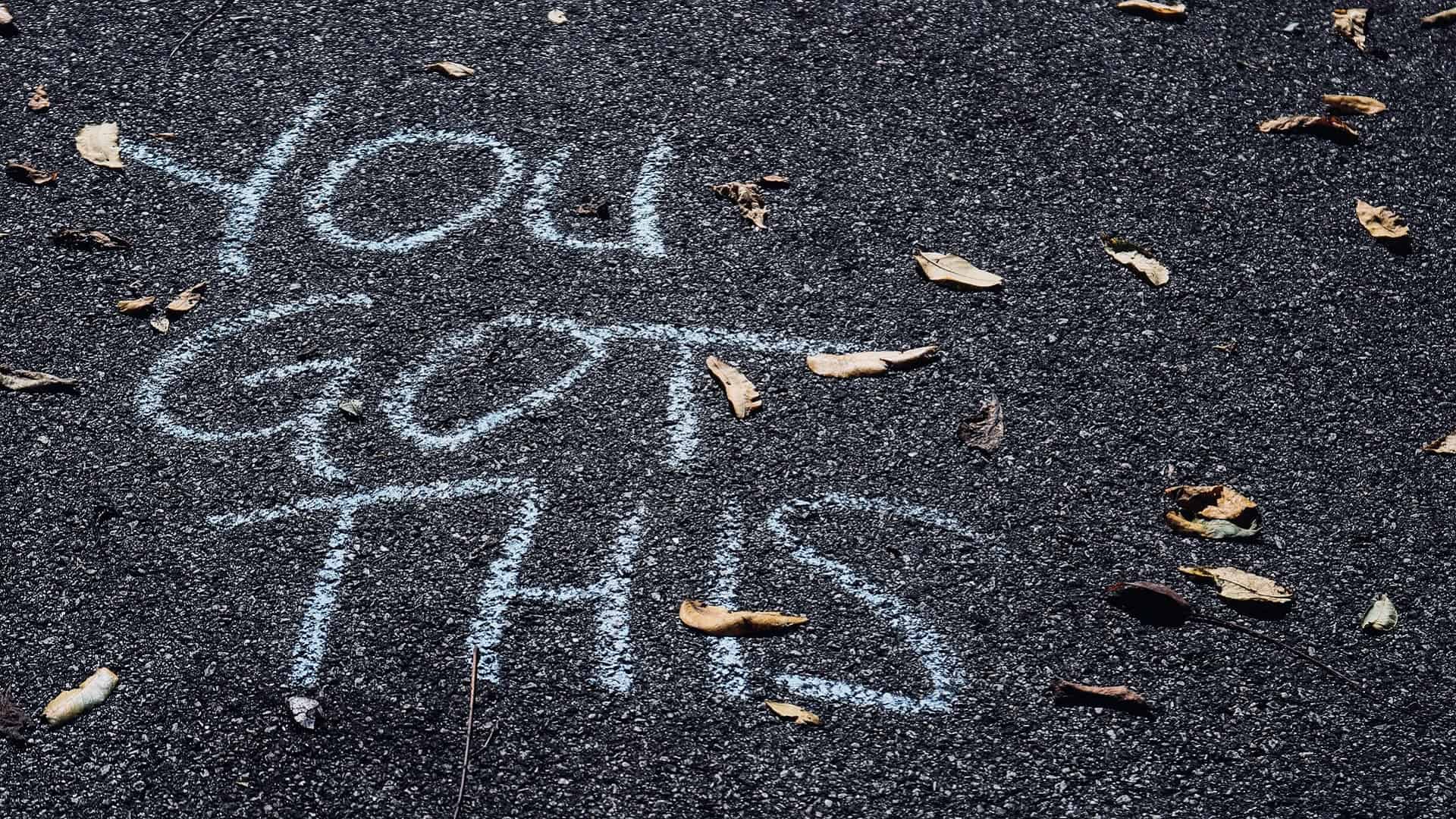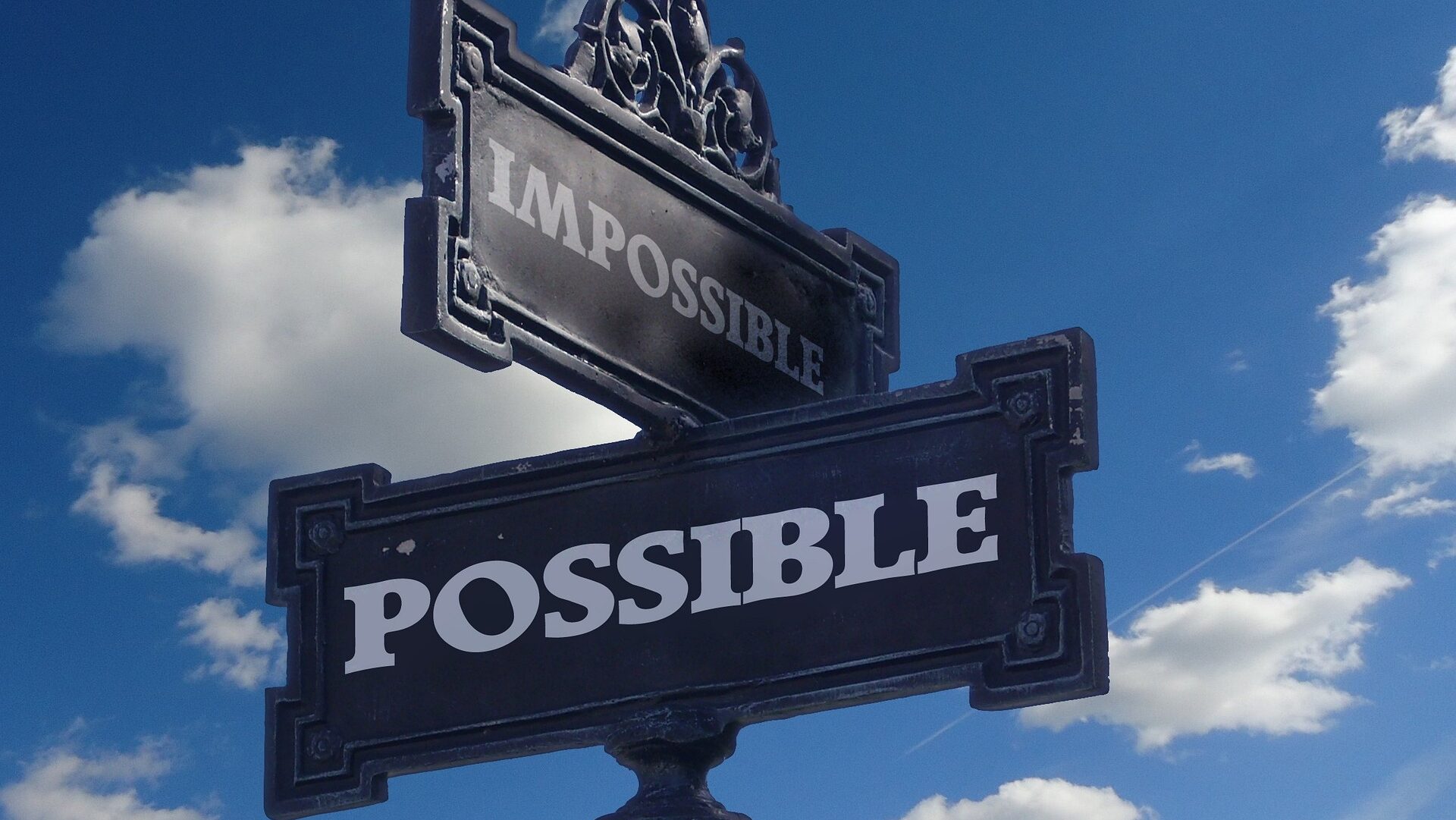Leading Yourself Through a Crisis
Strengthening your self-leadership skills will not only make you a better team leader—it will also empower you to face the stress and distractions of a historic crisis with energy and insight.
I will never forget March 9, 2020. The morning started off like any other day on the road for me. I left a client meeting for the San Diego airport to return to my home in Minneapolis and stopped by an airport restaurant to grab lunch. As I took my first bite, I noticed news of a sharp drop in the stock market scrolling by on a television screen. I sensed heightened anxiety from the people around me in the terminal. That pervasive feeling lingered as I boarded the plane and took my seat. As the plane took off and circled over the beautiful San Diego harbor, I realized that the novel coronavirus I’d read about was escalating into a much bigger issue than anyone had imagined. “We’re in deep doo-doo,” I thought.
Several months later, COVID-19 is still top of mind, occupying our thoughts, changing our habits, and driving our plans, including plans for the long road to recovery that lies ahead. This season of disruption will be rife with new challenges for you as a leader. Remember, as one of my consulting colleagues says, “All leadership starts with self-leadership.” You must lead yourself well before you can lead others well. Mastering self-leadership will empower you to face the stress, fatigue, and distractions of this historic crisis with energy and insight instead of exhaustion and myopia.
Here are four strategies to strengthen your self-leadership during this challenging season.
Refresh Your Vision
Leadership starts with vision. This is true for self-leadership, too. Unfortunately, being in crisis mode often results in getting stuck in the present, making it hard to move forward. You can spin your wheels and stagnate in a rut. According to futurist Daniel Burris, “Dwelling on current reality reinforces sameness. Dwelling on future goals reinforces action.”
To get unstuck, refresh your vision. Vision is the answer to the question, “Where are you going?” Your vision offers a compelling mental picture of the future you desire. Having a clear vision is just as important for you as an individual as having a strategic plan is for your organization. It is essential to building a strong personal foundation. As the late baseball star Yogi Berra was famous for saying, “If you don’t know where you’re going, you’ll end up someplace else.”
Think about where you want to be two, five, or 10 years down the road. Write a description of that desired future state or find an image that represents it. Keep it in front of you as a reminder while you navigate the current crisis—no matter what you’re dealing with at the moment, that’s your end goal.
Every effective self-leader must develop the ability to toggle between the long view and today’s reality. You cannot daydream and ignore today’s problems, but lifting your head to look to the future will keep you from becoming mired in the present. Build forward movement by asking yourself the question I suggest to many of my coaching clients: “What does my vision require of me today?”
Watch Your Self-Talk
Do you ever talk to yourself? If so, you’re not alone. Nearly everyone I’ve met admits to talking to themselves on occasion. It may be in the shower, during a morning jog, or while driving alone. The more important question is whether your self-talk is healthy or unhealthy. Does your self-talk move you forward or hold you back?
Two characters from well-known children’s stories offer poignant lessons about self-talk.
First, there’s Eeyore, the loveable but miserable donkey in Winnie the Pooh stories. One of Eeyore’s classic lines is, “Could be worse. Not sure how, but it could be.” You can probably hear the sound of Eeyore’s gloomy voice in your head. Eeyore’s self-talk reflects a pessimistic outlook, always focused on problems and obstacles.
In contrast, there is the Little Blue Engine. After much larger engines decline to pull a long train over a mountain, the much smaller engine accepts the challenge. “I think I can, I think I can, I think I can,” it says. And ultimately, empowered by positive self-talk, it pulls the train over the mountain. The Little Blue Engine’s self-talk reflects an optimistic perspective, not ignoring the uphill climb, but focusing on possibilities and opportunities.
Which character does your self-talk resemble, Eeyore or the Little Blue Engine? Self-talk includes an element of self-fulfilling prophecy. As self-leadership experts, Andrew Bryant and Ana Kazan say, “Self-leaders can choose to self-talk and self-coach themselves to winning attitudes.”
Positive, healthy self-talk is more critical in dark times than sunny. What can you do to remind yourself to be a Little Blue Engine rather than an Eeyore?
Give Yourself Grace
You are probably better at extending grace to your team members than to yourself. Yet, as a leader, you constantly face conditions that are far from ideal. Plan A turns to Plan B, then Plan C, and eventually you end up further down the alphabet than you would have ever thought.
Give yourself credit for making the best of circumstances that are far from ideal. If you are working from home, you may still be getting used to the challenges of sharing office space with a partner, watching over kids, or hearing the dog bark at the UPS truck in the background of your Zoom calls. If you’re in the office, safety protocols and workplace reconfigurations may have changed the environment you’re used to.
“Be gentle to yourself,” is the way one seminar attendee put it in the chat. Much has been lost during the pandemic, eliciting feelings of grief for many people. The school year was cut short, graduation celebrations and weddings canceled, athletic seasons put on hold, and the activities that usually enrich our lives are limited. Some of us have seen people we know become ill or die from the virus. In late March, “That Discomfort You’re Feeling is Grief,” became the most downloaded article in history from the Harvard Business Review website. Grieving includes several stages, which require grace to process. Give yourself that grace as you move forward.
Practice Self-Care
You can’t draw water from an empty well. Self-care allows you to replenish your energy store so it doesn’t run dry. It might seem selfish at first but if you don’t find ways to care for yourself, you will run out of energy to help your colleagues, clients, family members, friends, and neighbors.
Self-care includes practices, habits, and activities that give you energy and enhance your well-being. When I ask for self-care ideas during presentations and workshops, exercise and healthy eating typically top the list of suggestions. Reading books, watching classic movies, gardening, cooking, and faith practices also make the list. So do brewing beer, walking the dog, spending time outdoors, and doing art projects.
Establish a daily routine that incorporates self-care activities. Block out time on your calendar if you find that meetings and other commitments fill your schedule. Coordinate with family members and find self-care activities to enjoy together. Likewise, if you find your routine is no longer helpful, revamp it. Change your schedule or try something new. Whenever possible, eliminate activities that drain your energy, like excessive browsing of the news or social media.
By refocusing your vision, changing your inner voice, treating yourself generously, and treating your body and mind with care, you can better your self-leadership skills. In turn, this will make you a more engaged, empathetic, and effective leader of others. Make each of these practices a priority as you lead your team down the long road to recovery.
This article was first published in my Leadership Matters column for the Illinois Society of CPAs Insight magazine.









